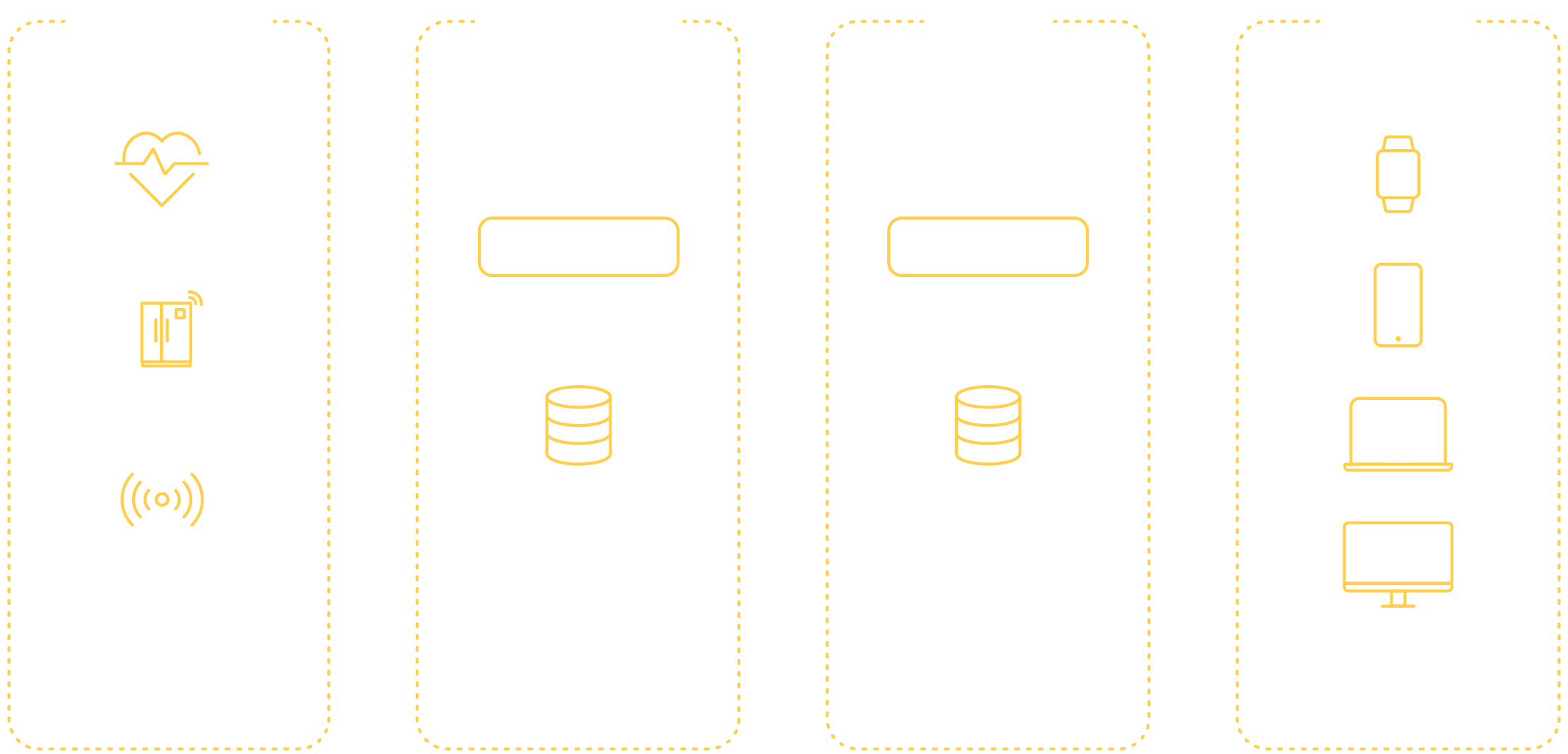Digital twin apps
Converge replicated data
Overview
Digital twin apps create a comprehensive virtual representation of physical objects, processes, or systems. These applications enable real-time monitoring, analysis, and optimization by establishing a bidirectional data flow between the physical entity and its digital counterpart. Digital twin apps integrate data from various sources, including IoT sensors, historical records, and simulations, to provide insights, predict outcomes, and enhance decision-making across multiple industries.

What is a digital twin app?
Digital twin apps are software applications that create, manage, and utilize virtual replicas of physical objects or other digital systems. These apps process and analyze data flowing bidirectionally between the twin and its digital counterpart.
Digital twins aggregate, process, and share data with upstream and downstream nodes, adapting to available resources in each environment.
Key properties of digital twin apps
Digital twin applications rely on real-time data integration, advanced analytics, and multi-level synchronization to maintain an accurate and functional virtual representation of physical assets or systems. Key features of digital twin apps include real-time synchronization, predictive modeling, and the ability to simulate scenarios. They require robust data management, scalable architecture, and the capacity to operate in distributed data and computational environments.
Real-time data synchronization
Continuous updates with data from its physical counterpart, ensuring an accurate and up-to-date representation. This real-time synchronization enables immediate insights and responses to changes in the physical asset's state or environment.
Bidirectional data flow
Information flows both ways between the physical asset and its digital twin. This enables monitoring, analysis, control, and optimization of the physical asset based on insights derived from the digital twin.
Multi-stage processing
Data analysis occurs across various stages, from edge devices near the physical asset to cloud systems. This distributed processing approach optimizes performance, reduces latency for critical operations, and efficiently utilizes available computational resources at each stage.
Predictive modeling
Utilize historical and real-time data to forecast future states and potential issues with the physical asset. This predictive capability enables proactive maintenance, operation optimization, and scenario planning for improved decision-making.
Interoperability
Integrate with various data sources, systems, and platforms to create a comprehensive digital representation. This interoperability allows for incorporating diverse data types and facilitates collaboration across different departments or organizations.
Event-driven architecture
The system is fundamentally event-driven, with entities reacting to state changes and events emitted by other entities. This promotes loose coupling, enhances responsiveness, and enables real-time business logic processing.
Akka components
- Akka entities represent the data structure of the objects being replicated, whether physical or digital.
- Akka entities capture their state changes as events, reliably replicated across different regions automatically through embedded messaging.
- Akka entities are also synchronized with duplicate entity instances through Multi-Writer Replication.

How Akka enables digital twin apps
Akka provides a robust framework for building scalable, resilient digital twin applications. Its distributed systems capabilities handle complex, real-time data processing and state management across cloud and edge environments.
Reliable messaging
Ensures that messages between components are delivered reliably, allowing consistent data transfer between digital twin entities and their physical counterparts.
Data replication
Provides robust replication capabilities to maintain synchronized states across distributed systems, ensuring that digital twin data remains consistent and accurate.
Scalable clusters
Distributes data and computing multiple nodes for scalability and fault tolerance, enabling efficient management of numerous digital twins in large-scale systems.
Event sourcing
Records change as a series of events, allowing historical data analysis and the recreation of past system states for digital twins, which is crucial for understanding asset behaviors over time.
Streaming data processing
Supports real-time streaming and transformation of incoming data, enabling immediate analysis and decision-making for digital twin applications based on the latest sensor data.
Brokerless bidirectional data flows
Enables direct, efficient communication between components, allowing real-time data exchange in digital twin applications without intermediate brokers.

